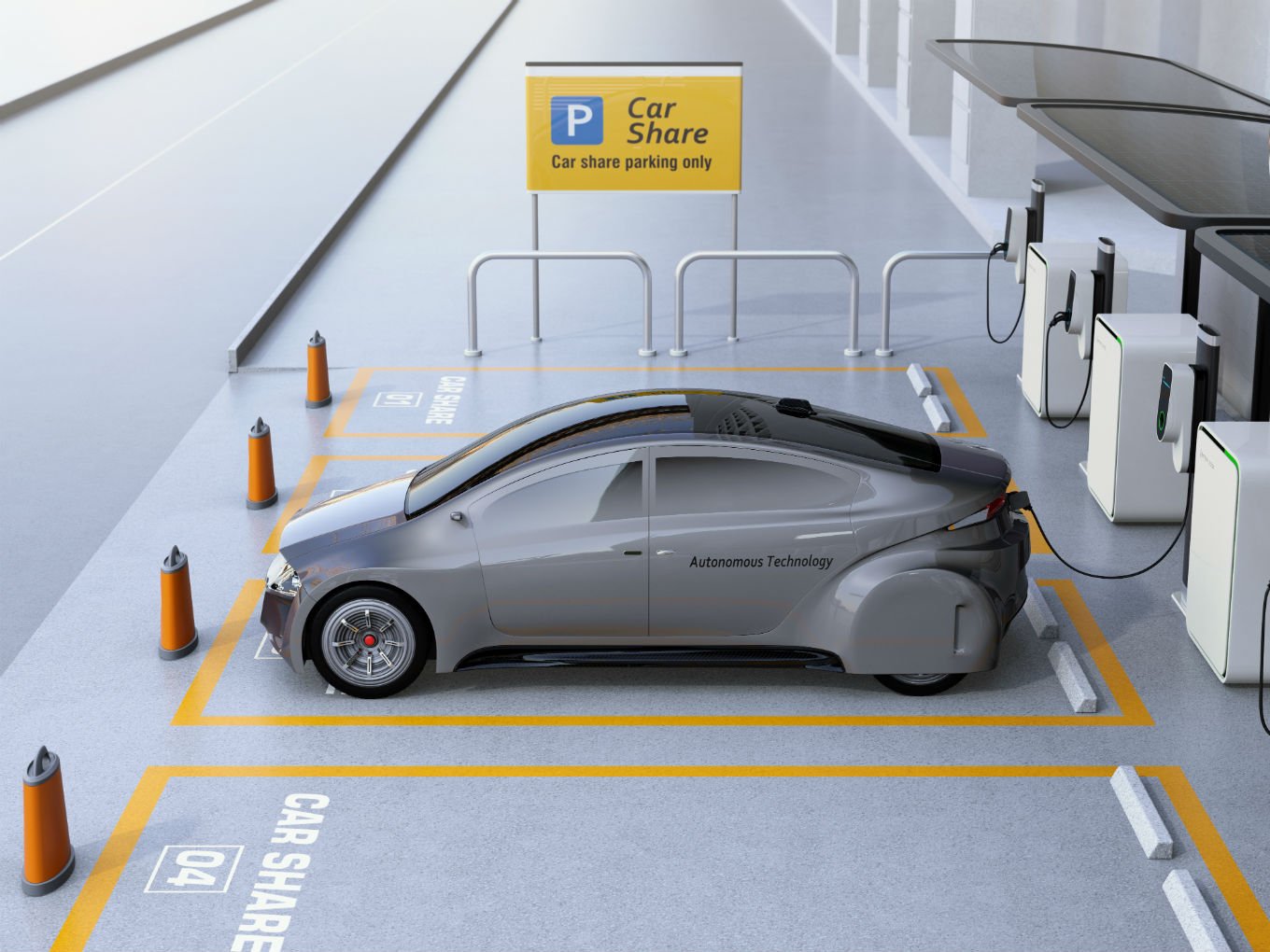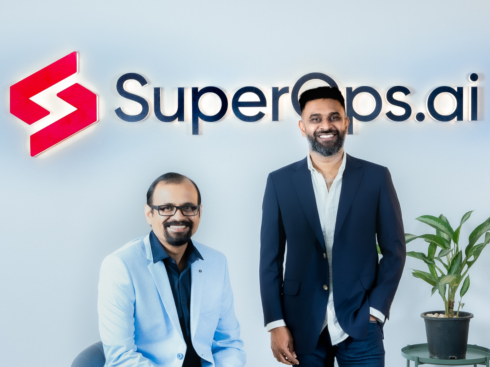
SUMMARY
Internet of "Moving" things is changing the landscape in the shared vehicle segment
IOMT systems have some unique challenges not present in the stationary IoT systems
Leading self-drive car rental platforms may have their own proprietary solutions
Most industry verticals are today getting disrupted by technology. The automotive sector, and more particularly, the online self-driving car rental space is getting disrupted by not one but four different technologies and market forces, captured by the acronym CASE – Connected, Autonomous, Shared, and Electric.
The self-drive sector is trying to keep pace with these changes, as these futuristic elements increasingly become part of the cars, at a rapid pace.
IoT (or more accurately IOMT – Internet of “Moving” things) is changing the landscape in the shared vehicle segment rapidly. These forces sweeping the industry cannot be seen in isolation but are closely intertwined. IOMT systems have some unique challenges not present in the stationary IoT systems such as home automation, kitchen and home appliances or those seen in industrial manufacturing units.
There are 4 critical parts in a car which an IOMT system interacts with.
The GPS system– Gives the location of the car along with altitude information.
The Telematics system– Captures the state of the car such as acceleration, speed, clutch usage, gear, tyre pressure, braking and more.
The Keyless Entry system– Allows the car to be locked or unlocked without keys (using a mobile app)
Remote immobilisation– Brings the car to a halt in case of theft or unpaid dues (for rental cars) or disables engine start.
In addition, there can be interaction with the driver or other passengers through non-critical systems such as audio to enhance the in-car experience through custom music playlists, driver guidance to ensure better mileage and safety or to convey booking, traffic or weather information. Leading self-drive car rental platforms may have their own proprietary solutions, encompassing each of the aforementioned elements.
In the words of Alan Kay, the Computer Science Pioneer, “people who are really serious about software should make their own hardware.”
To the same end, leading platforms are heavily investing in IoMT systems to deliver frictionless customer experience. Let’s delve deeper and understand certain specific instances where IOMT systems make a difference.
Remote Interactions with the Car: Today, one can search, book, unlock, use and lock the rental car after drop-off seamlessly, without any interaction with customer service or on-ground fleet. Every this is done through the mobile app which is connected to the cloud backend and the custom device in the car.
An interactive in-car experience: IOMT, when connected to the audio subsystem, can be driving and in-car experience to the next level. Imagine being able to talk to an Alexa-like device where you can ask the voice-controlled device to give you directions to your location or find a vegetarian restaurant en route or even play a song by your favourite band. It can also warn you that you are running low on fuel and suggest a bunch of options to fuel up. Even better, it can inform you if you are close to exceeding the road speed limit or not driving safely.
While these scenarios paint glorious futuristic scenarios, there are several key challenges in building such systems.
Security: Communications has to be secured, which means certificate/ key management systems need to be in place for authentication and secure exchange of data. It is especially important that control data which changes the physical state of the car (acceleration, locking and immobilisation systems) be on a secured and authenticated channel. Furthermore, there needs to be an audit trail in place so that changes and state can be tracked and anomalies can be detected. Since the customer has access to the car, the physical security of the device must also be tended for.
Reliability– The data which flows over the secure channel has to be reliably delivered. There are several techniques for doing that at the network protocol level (such as by using MQTT QoS or specialised protocols built over TCP). This data then can be remotely monitored for the health and location of the car.
Control and Coordination– Typically there are two or more systems that interact with connected vehicles (denoted by V) – other cars or cloud infrastructure (denoted by I). There are 3 types of interactions possible
- V2I networking– Use cases include navigation service, speed recommendation service based on time goals or fuel efficiency and accident/breakdown notification service. This is the most common type of interaction.
- I2V networking– Use cases are Over-the-air (OTA) software updates, vehicle immobilization or global fleet route optimization based on traffic or logistical signals. This interaction is time critical.
- V2V networking – The use cases include context-aware navigation for driving safety, cooperative adaptive cruise control on urban roads, and platooning in a highway (especially for trucks). These three techniques will be important elements for self-driving vehicles.
Power and battery consumption– Many of these IOMT systems use power from the car battery. While this is not a major constraint when the vehicle is in use, it might be an issue when the vehicle is at rest. If systems are not calibrated properly then the battery can be drained.
Bandwidth and storage consumption– The car OS today are full of different electronics systems controlled by software. This is a secular trend that is now slowly converging with autonomous cars. This data is captured to get a variety of insights. The amount of data collected can be huge. Depending on the use case, you might need to check the bandwidth and connectivity constraints, including local storage capability when the vehicle is off the grid.
As the car-rental and self-drive space further swells up in India, the leading platforms will have to come up with solutions that not only eliminate these challenges but also deliver frictionless customer experience.


























